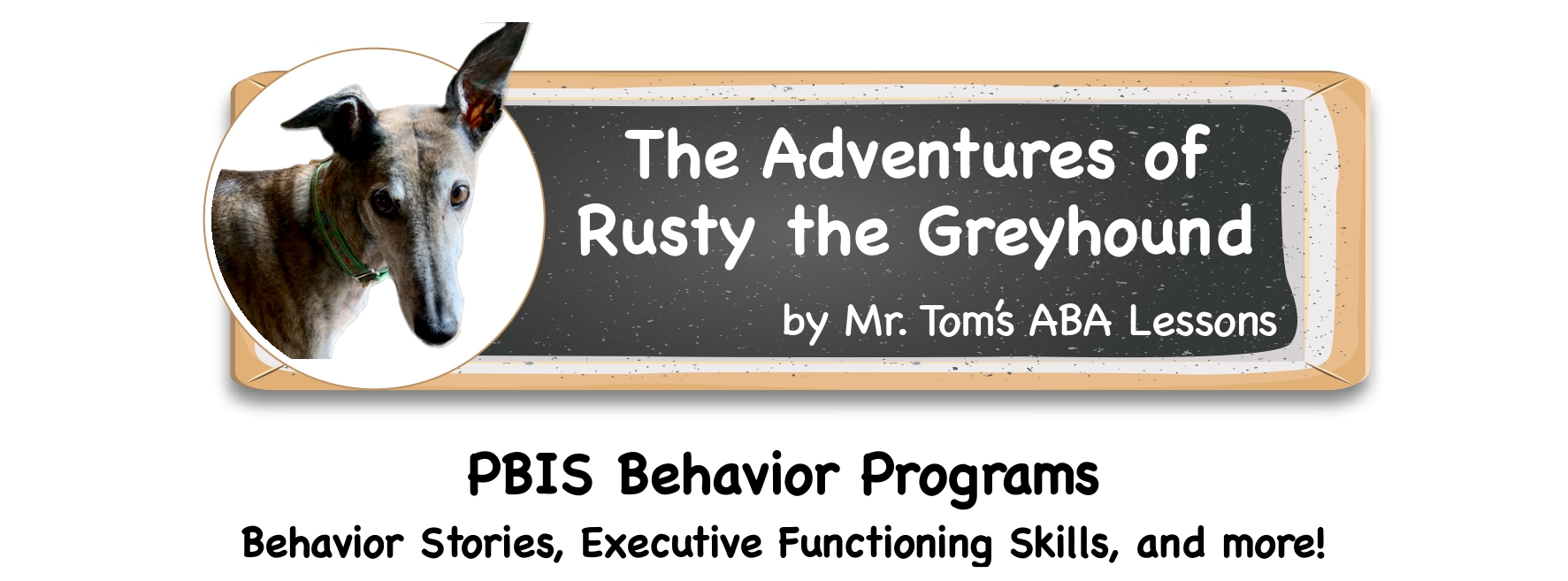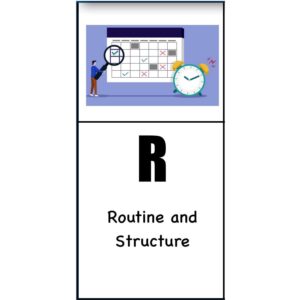
Improve Classroom Management with PBIS via Routine

Have you ever attended a professional training or meeting without a set agenda? If so, did you find your mind wandering as you wondered when the session would end? The unknown can even be upsetting; you might wonder if the principal is going to announce some bad news. If you knew what to expect, you’d know how to frame your mind for each activity. You can apply the same principle using Positive Behavioral Interventions and Supports (PBIS) to your classroom by implementing a daily routine (the ‘R’ of the RUSTY System).
What are the benefits?
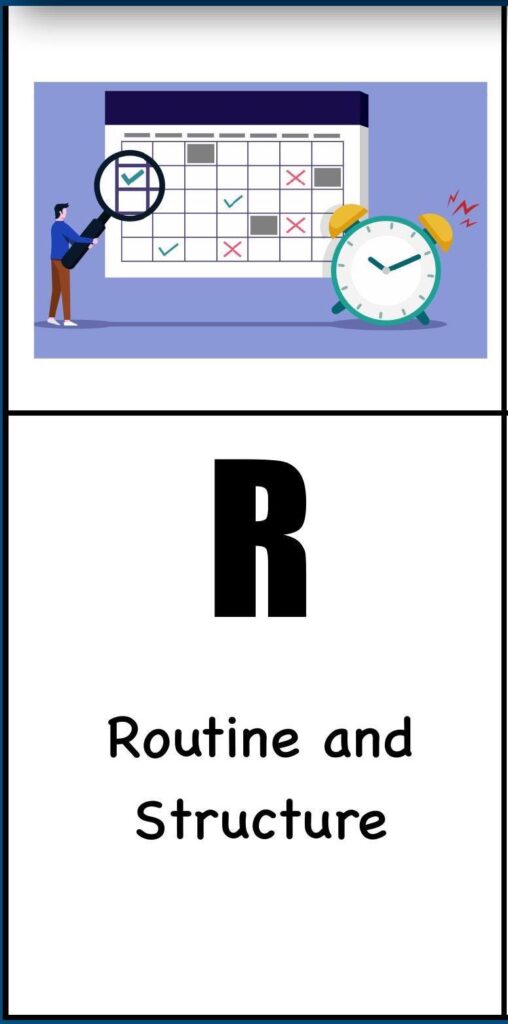
When you set up a routine in your classroom, you help students know what to expect and facilitate strong classroom management. This evidence-based instructional practice (EBIP) can reduce any anxiety the students may be facing. By setting up your expectations for each activity, you help the students learn how to behave and what the consequences are for not following the rules. In this manner, your routine utilizes PBIS. I don’t have to tell you how better classroom behavior makes class time easier.
Why does this matter?

Repetition sets up your students for success. Sometimes, kids may not initially process or quickly understand directions given to them. By having a consistent routine as one of your EBIPs, you give the students the exact instructions at the same time every day.
This repetition helps them know what is expected of them quicker. If you front-load the demands by doing the activity (or a similar one) the same way every time, they don’t need additional processing time to succeed. When you stick to your expectations and hold your students accountable, they will learn how to behave, which will maximize productivity and minimize disruptions.
What does this look like?
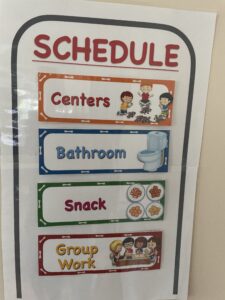
Once you know the importance of a classroom management strategy, your next task is implementation. One easy way to establish routines is to put a schedule on the wall/board. Pro tip: by using magnets/Velcro, you can rearrange, adjust, and remove items.
After drawing your students’ attention to the schedule, you can verbally review the expectations. Upon introducing the schedule, you will give detailed expectations. As needed, refer to the class rules as you discuss the routine.
The implementation of this behavior management strategy will take time. However, as the students learn the routine, you will be able to spend less time discussing what to do. Arrange your schedule strategically as you consider what the class needs to get done each day.
Here’s an example, that you can adjust to fit your classroom needs:
- Morning Meeting [Say: First, we have our morning meeting. While listening, sit on your pockets and have your eyes on the teacher, a quiet mouth, quiet hands, and a quiet body.]
- Outside Time [Say: As soon as we finish morning meeting, we’ll go outside. The line leader will walk to the door when I tell them to go. Then, I will tell the quietest table to walk and line up behind the line leader. Next, I will tell each table, one at a time, to walk and line up. I will only call the best-behaved tables to line up.]
- Math Lesson [Say: Next, we have our math lesson. After you come back inside and wash your hands, take out your pencil, a piece of paper, and math book. During math lesson, we will learn about X. After math class, we clean up and put our materials away.]
- Art Class [Say: Then, we go to art class. Remember, I will tell the line leader, then each table to walk to line up. We always walk in the halls.]
- [Use as many numbers as you need. Keep each agenda item’s title clear and simple. You could even use emojis to signify expectations, like a pencil, a book, and a walking person.]
Once your classroom finishes each activity, you can take that activity off the wall/board and move on to the next activity. When you implement the behavior management strategy of a daily routine, eventually you will not have to tell or show the students what they need to do, since the class repeats the same tasks every time.
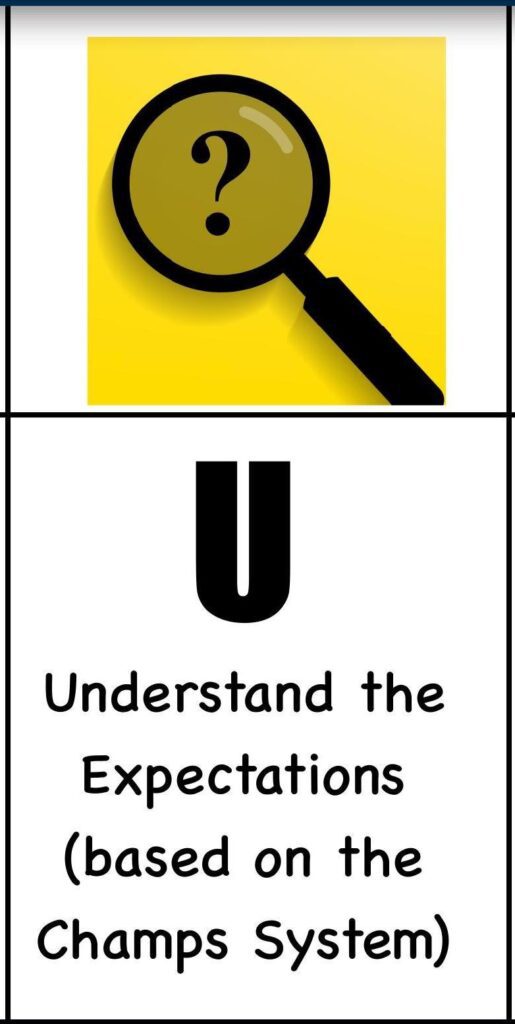
Before you start an activity, remind the children of your expectations. You can even ask the kids to name the rules. If you are all doing a non-preferred activity, you can remind your students which activity they can look forward to next. For example, you could say, “Once morning meeting is done, we are going outside.” Then, start the activity.
After the activity, tell the students what they did well. For example, after morning meeting, remind the kids that they sat on their spaces with eyes on the teacher; their mouth, hands, and body were quiet. You can add praise here to the whole group or a few students who did especially well.
Next, you can tell them the benefits of following the routine. For example, you could say, “And because you excellently followed directions, we get to go outside two minutes earlier.” If they do not follow directions, point out the losses they’re experiencing. In this example, they would lose time outside.
Throughout the day, have the schedule and routine to point to, which will help teach the kids what to expect. Be firm in your set routine and expectations. By nature, people prefer structure, and your students will appreciate your efforts. Even if they don’t express their gratitude, their positive classroom behavior will show their appreciation and make your life easier.



